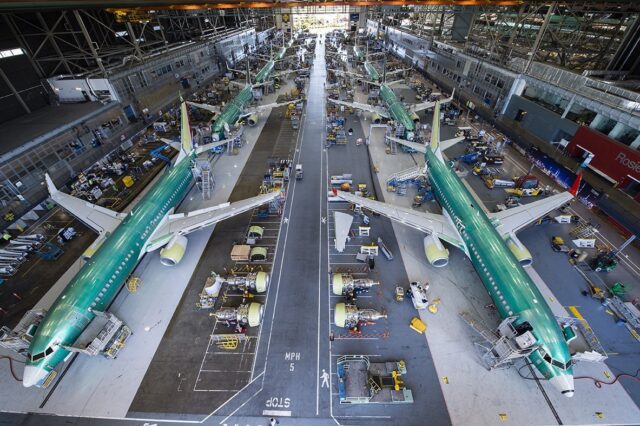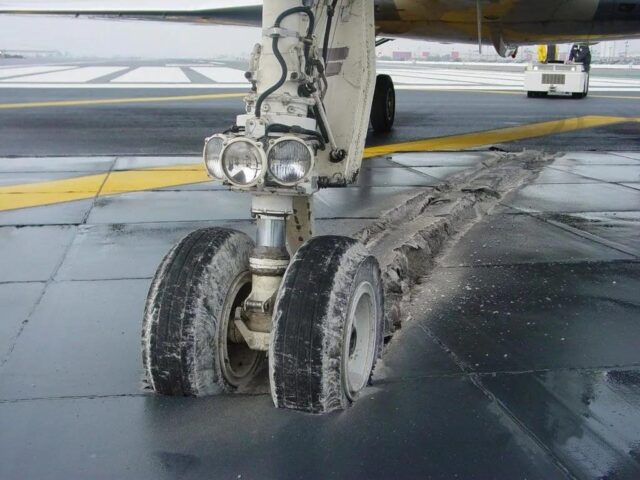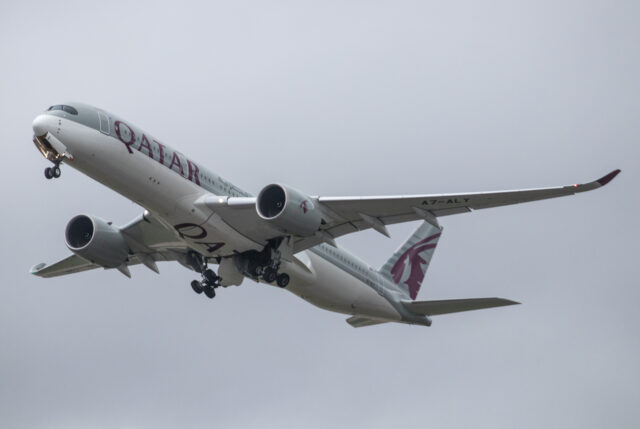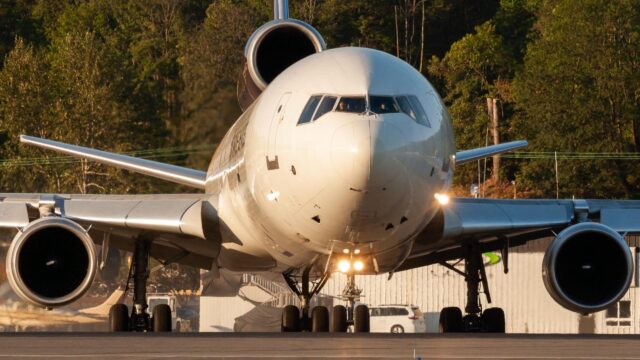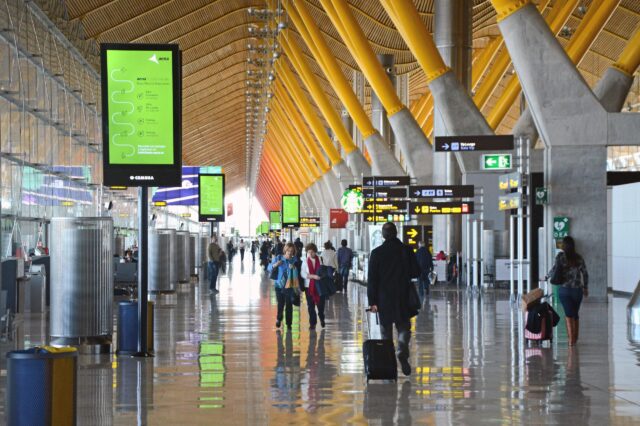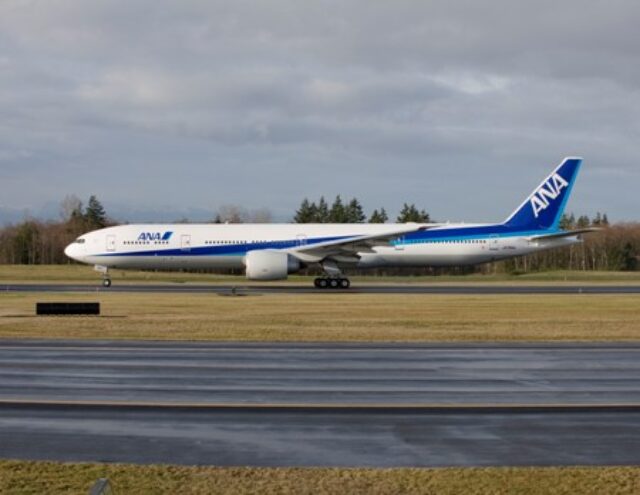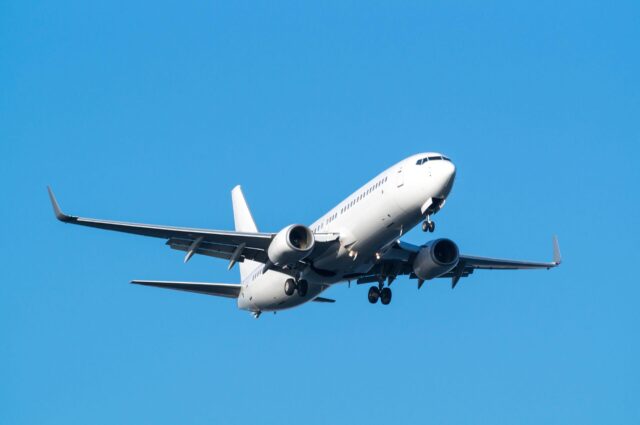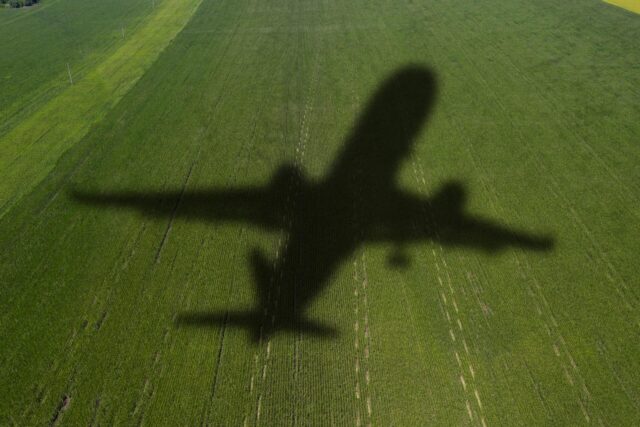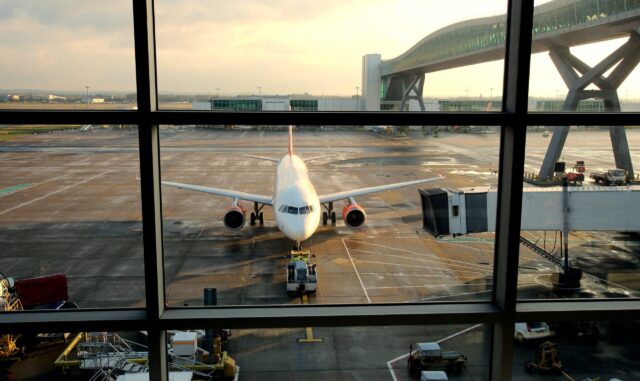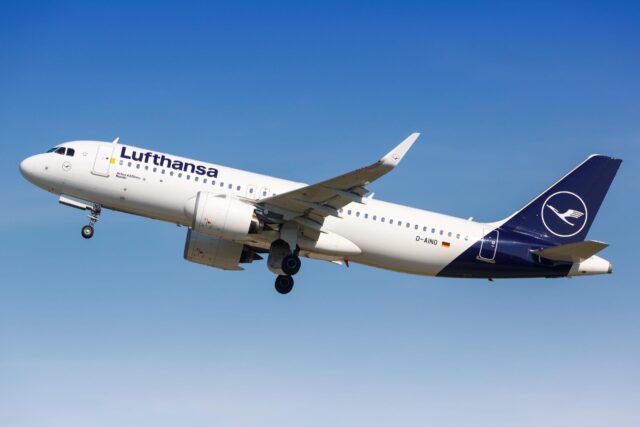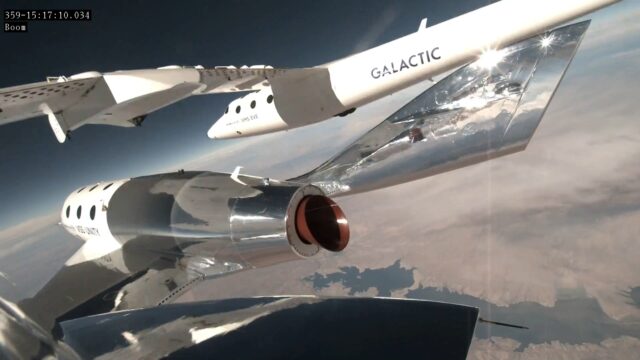Air New Zealand grows North American footprint as rivals warn of slowdown

In contrast to the softening demand reported by some carriers for inbound US air travel, Air New Zealand is charting a more bullish course, announcing a major ramp-up in long-haul operations this year with a sharp focus on North America and premium cabins.
From October 2025 through March 2026, the airline will add over 34,000 seats on its North American network.
Across the board, the airline will operate 8% more seats to the US and Canada compared to the previous year.
That includes a 15 percent increase in premium capacity.
Across the entire Air New Zealand long-haul portfolio, premium seating will rise by 20,500, aligning with what the carrier describes as robust demand from both domestic and international markets.
‘Growing popularity of Air New Zealand premium cabins’
Chief Commercial Officer Jeremy O’Brien said the airline is responding directly to evolving customer expectations.
“We’re seeing strong demand, including growing popularity of our premium cabins. Customers want a more comfortable and seamless experience, and we are responding by increasing premium availability and growing flight frequencies across our long haul network,” said O’Brien.
“As we move through the year, more of our newly retrofitted 787 aircraft will enter service, bringing a refreshed experience to destinations such as San Francisco, Honolulu, Vancouver, and Shanghai. The feedback so far has been fantastic, with customers loving the new seating – particularly the additional space and comfort in premium cabins.”
He added: “With strong summer demand on the horizon, we are pleased to be offering even more options to our customers, whether they are travelling for business, leisure, or reconnecting with friends and whanau.”
The increased capacity coincides with the rollout of up to seven upgraded Boeing 787 Dreamliners, offering a redesigned inflight experience with improved cabins.
Targeted growth across North America
Auckland to Los Angeles will run up to 12 times weekly between December and March, a 16% increase year-on-year, with nearly 24,000 extra seats and 6,800 additional in premium classes.Houston is also getting a boost, with an extra 4,500 seats added from January to March.
Meanwhile, Vancouver will maintain up to seven weekly flights during the peak ski season, with Boeing 777s replacing Dreamliners for added capacity. Premium seats on this route alone will rise by 25 percent.
San Francisco is set for a more modest frequency increase, but with a 21% bump in premium seat availability.
Premium upsizing to Asia
The airline is also turning its attention to Asia, where higher-end demand is driving seat allocation.
Auckland–Taipei will increase to four weekly flights over the winter holiday period, a 27% rise in overall capacity.
The Bali route will receive a 49% premium class boost, while Shanghai and Hong Kong will see premium seating jump 35% and 28% respectively.
Softening demand to the US?
This week Heathrow Airport said it had recorded a decline in transatlantic passenger traffic, with 1.9 million travellers flying to North America in May, a drop of 2.1 per cent compared to the same month last year.
The dip comes despite the airport enjoying a record-breaking month overall.
Several major airlines have also recently flagged signs of weakening demand for travel to the United States in response to the political turbulence in Washington DC.
Carriers including Lufthansa have pointed to a more cautious outlook for transatlantic bookings.
Within the US, carriers have also sounded the alarm. Delta Air Lines warned over softer-than-anticipated demand in some markets and American Airlines pulled its 2025 financial forecast over continued uncertainty in the region.
